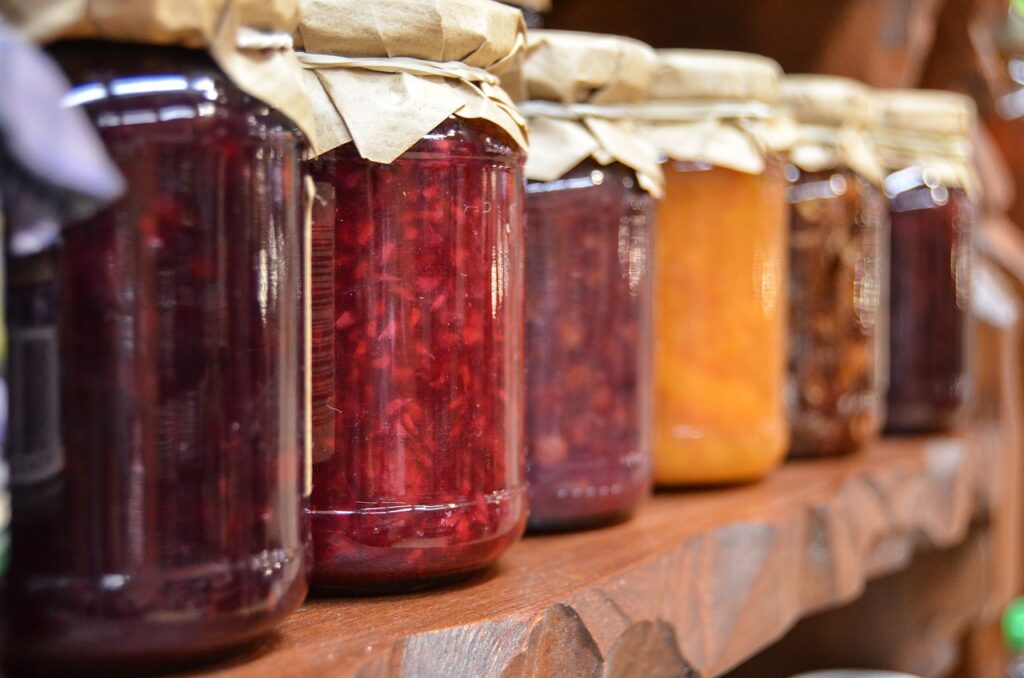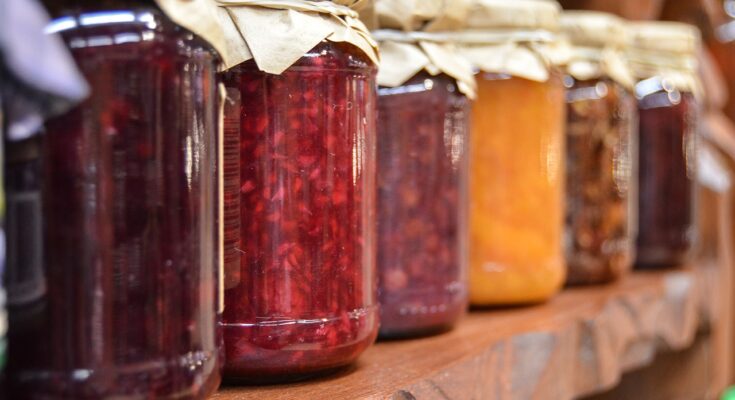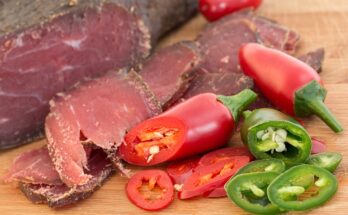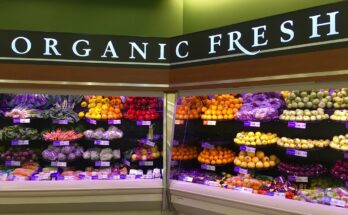Are you curious about how your favorite foods stay fresh and delicious for longer periods? Look no further! In this article, we will delve into the fascinating world of food processing and its crucial role in food preservation.
You may be surprised to discover the various methods employed to keep food safe and extend its shelf life. From canning to freezing, drying to fermentation, each technique plays a vital part in preserving the freshness, flavor, and nutritional value of our beloved food items.
By understanding these processes, you will gain valuable insight into how food processing can make a significant impact on the food we consume.
So, whether you’re a food enthusiast or simply interested in the science behind food preservation, join us on this enlightening journey of understanding the role of food processing in keeping our favorite meals deliciously preserved.
Canning: A Method of Preserving Food
Canning is a fantastic way to preserve food, allowing you to enjoy the flavors of summer all year round. It’s a simple process that involves sealing food in airtight jars and then heating them to destroy any bacteria or microorganisms that could cause spoilage. The high heat also helps to create a vacuum seal, ensuring the food stays fresh for longer periods of time.
Canned foods can include fruits, vegetables, meats, and even soups. The best part is, once the food is canned, it doesn’t require refrigeration, making it perfect for long-term storage. So, whether you’re looking to savor the taste of ripe tomatoes in the dead of winter or want to stock up on your favorite homemade jams, canning is an ideal method for preserving food.
Freezing: Keeping Food Fresh for Longer
Freezing is a fantastic way to extend the shelf life of your favorite foods and keep them deliciously fresh. When you freeze food, you slow down the growth of spoilage-causing bacteria, yeast, and molds. As a result, the quality and nutrients of the food are preserved.
Freezing is a popular method of food preservation because it maintains the taste, texture, and color of the food. It also allows you to enjoy seasonal fruits and vegetables all year round.
To freeze food properly, make sure to package it in airtight containers or freezer bags to prevent freezer burn. Label the packages with the date so you can keep track of how long they’ve been frozen. Remember to defrost frozen food safely before consuming.
Overall, freezing is a convenient and effective way to keep your food fresh for longer.
Drying: Removing Moisture to Extend Shelf Life
To extend the shelf life of your favorite foods, you can remove moisture through the process of drying, which results in a visually appealing and compact final product. Drying is a method of food preservation that has been used for centuries.
By eliminating moisture, you inhibit the growth of bacteria, yeast, and mold, which are responsible for spoiling food. The process involves exposing the food to low humidity and warm temperatures, allowing the moisture to evaporate. This can be done through various techniques such as sun drying, air drying, or using specialized equipment like dehydrators.
Dried foods are lightweight and easy to store, making them ideal for camping trips, hiking, or emergencies. Plus, they retain their nutritional value and flavors, making them a convenient and tasty option for a quick snack or ingredient in your favorite recipes.
Fermentation: Harnessing Natural Processes for Preservation
Embrace the power of fermentation to naturally preserve your favorite foods and unlock a world of unique flavors and textures. Fermentation is a time-honored technique that harnesses natural processes to create delicious and long-lasting foods.
When foods undergo fermentation, beneficial bacteria and yeast convert sugars and starches into acids, alcohol, and gases. This process not only extends the shelf life of the food but also enhances its taste, aroma, and nutritional value.
From sauerkraut to kimchi, yogurt to kombucha, fermentation has been used for centuries to create a wide variety of fermented foods. The tangy and complex flavors that result from fermentation are a result of the bacteria and yeast breaking down the food’s components and releasing new compounds.
So go ahead, explore the world of fermentation and discover the wonders it can bring to your plate.
Impact on Freshness, Flavor, and Nutritional Value
Fermentation works its magic by transforming the taste, texture, and nutrient content of foods. When food undergoes fermentation, it develops complex flavors that enhance its freshness. The process involves the breakdown of sugars by microorganisms like yeast or bacteria, resulting in the production of compounds that give fermented foods their unique and tangy taste.

Additionally, fermentation can alter the texture of food, making it softer or more tender. This can be seen in the case of fermented vegetables like sauerkraut or kimchi, which become crispy and slightly acidic.
Moreover, the nutrient content of foods can be improved through fermentation. Beneficial bacteria present in fermented foods can aid in the digestion and absorption of nutrients, making them more bioavailable to our bodies.
So, next time you enjoy a jar of pickles or a slice of sourdough bread, savor the transformation that fermentation brings to these delicious treats.
Conclusion
So, now you understand the important role that food processing plays in food preservation. By canning, freezing, drying, and fermenting, we can extend the shelf life of our food and keep it fresh for longer.
These methods may impact the freshness, flavor, and nutritional value of our food, but they’re essential for ensuring that we have access to safe and nutritious meals.
So, next time you enjoy a canned soup or frozen vegetables, remember the importance of food processing in keeping our food supply secure.




